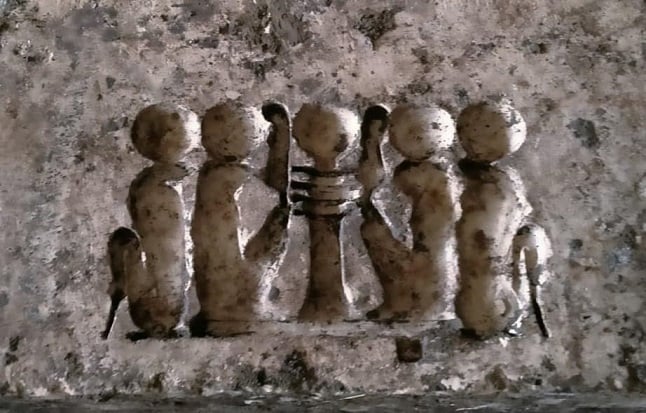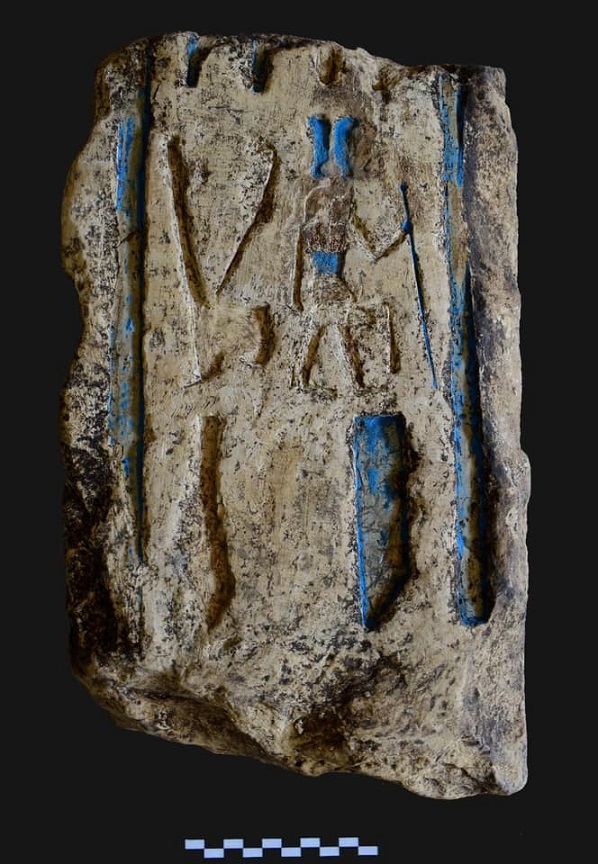The ancient city of Buto known as Tel Fara’een – Hill of the Pharaohs –, in the Kafr El-Sheikh Governorate in Egypt, is still unravelling its secrets as more discoveries come to light. Τhree limestone columns which could have formed part of a temple’s pillar or column hall, plus new artifacts were discovered at the site, the Egyptian Ministry of Tourism and Antiquities said on Friday.

Located 95 km east of Alexandria in the Nile Delta of Egypt, the city was called Per-Wadjet by Ancient Egyptians -in honor of the goddess Wadjet- and in classical times became know as Buto (Βούτος) -a name attributed by the Greeks.
A palace building dating to the Second Dynasty (2890–2686 BC) is considered one of the most important discoveries within Buto, while the area has been excavated since the 1960s.

The ruins of the columns which were recently excavated is an important scientific and archaeological addition to understanding the architectural planning of the temples area in the city of Buto, which extends over an area of 11 acres and is surrounded by a huge wall of mud bricks, said Dr. Mustafa Waziri, Secretary-General of the Supreme Council of Antiquities.
According to Dr. Ayman Ashmawy, head of the council’s Egyptian antiquities sector, the colonnaded hall was added to the temple during Egypt’s Late Period (525-332 BCE).A number of religious pottery vessels and stone pieces decorated with inscriptions, scenes, and friezes dating back to the El-Sawy era (664-332 BC) were also discovered.

Archaeologists also unearthed pieces of stone decorated with friezes depicting worship rituals, Dr Ashmawy said.A limestone panel, representing a deity with a bird’s head topped by a white crown surrounded by two feathers, is believed to be representing the goddess Nakhbet or the goddess Mutt, according to Professor Qutb Fawzi, head of the Central Department of Lower Egypt.The previous excavation season at the temple had uncovered a huge stone building, a number of ritual tools and daily religious rituals in the temple, as well as an impressive collection of depicted scenes on ivory, important golden finds, and paintings engraved with hieroglyphs.Buto was a sacred site dedicated to the goddess Wadjet, and was an important cultural and religious centre during prehistoric Egypt, from the Paleolithic Era to 3100 BC.
The Egyptian archaeological mission of the Supreme Council of Antiquities plan to continue their excavation works at the temple area of Buto in Tel al-Fara’in, as they believe that the region still hides many secrets of the ancient Egyptian civilization.